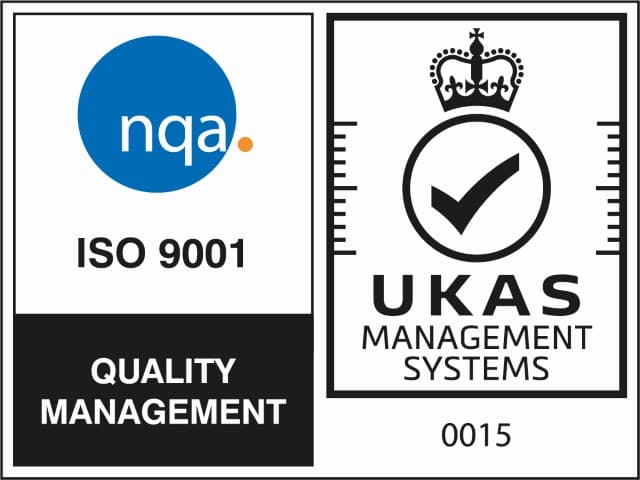Listed Buildings
Listed Buildings
Buildings of special architectural or historical interest can be listed by the Secretary of State for Culture, Media and Sport to ensure that any future alterations take the historic interest of the property into account. Once listed, the Planning (Listed Buildings and Conservation Areas) Act 1990, in partnership with English Heritage, protects the building from any unauthorised alterations that may affect its character.
Three grade system
Buildings can be listed as either grade I, II* or II. Grade I buildings are rare, accounting for only 2.5% of the 400 000 listed buildings in England. In order to be listed as grade I a building must be of exceptional interest. Grade II* buildings are particularly important buildings of more than special interest. These are also rare, with only one in every twenty listed buildings being grade II*. The vast majority of listed properties are grade II, meaning they are nationally important and of special interest.
Older buildings are much more likely to be listed. For instance, every property built before 1700 and with some parts in original condition or similar will be listed. Post-World War II buildings are rarely listed, and have to be of exceptional interest to be considered. Buildings less than 30 years old are almost never listed.
Is my property listed?
The local authority, or the The National Heritage List for England, will be able to tell you whether or not your home is listed.
My house is listed, what does that mean to me?
The listing of buildings is designed to preserve their historical or architectural interest, and is not intended to prevent changes necessary for owners to make the best use of their property. Therefore many of the alterations you may wish to make may be permitted. However, unlike a non-listed property, permission will be required. The magnitude of alterations permitted will vary according to the grade of listing.
In general, any permanent changes to the property, such as altering walls, roofs or fireplaces, changing windows or painting external walls, will need permission. If there is any doubt it is best to consult with your local conservation officer. In most cases a compromise can be reached that will mean the works can be carried out.
Making changes to a listed property without the appropriate consent is a criminal offence.
How to apply for Listed Building Consent
Applications for consent are submitted to the local planning authority or council. The council will then consider the special features of the property alongside the proposed works, and will normally reach a decision within 8-13 weeks. If a proposal is particularly complex or will involve dramatic changes, the council may also consult English Heritage.
To improve the chances of obtaining consent, it can be helpful to discuss the proposed changes with a conservation officer prior to submitting the application form. The officer will be able to advise on whether your application is appropriate, and any changes that may be required to make the application more likely to succeed. Enlisting the help of an experienced Chartered Surveyor, particularly for more complex works, can ensure the submitted drawings are accurate and that all the relevant information is included in the application. This will, in turn, reduce the likelihood of your application being rejected and the requirement for appeal or revision and re-submission.
Grants for repairs to Listed buildings
Grants for repairs to listed buildings are in high demand, but there are multiple sources of funding that can be considered. English Heritage grants are given to properties at risk that fall into their priority categories. Priority criteria vary throughout the country, but there are two national criteria: “Significant elements of the historic environment at risk; and/or activities that strengthen the ability of the sector to reduce or avoid risk to the historic environment by understanding, managing and conserving”.
Other sources of funding include the Heritage Lottery Fund and local authority schemes.
Or contact us for more information:
info@allcottassociates.co.uk | 0333 200 7198












